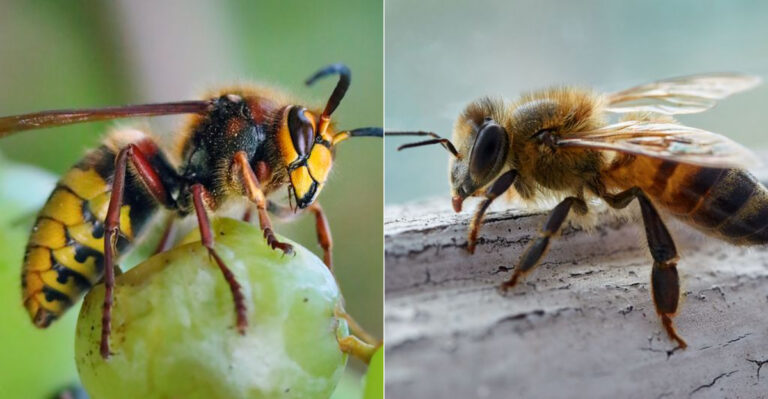13 Challenges Texas Landowners Face With Invasive Axis Deer
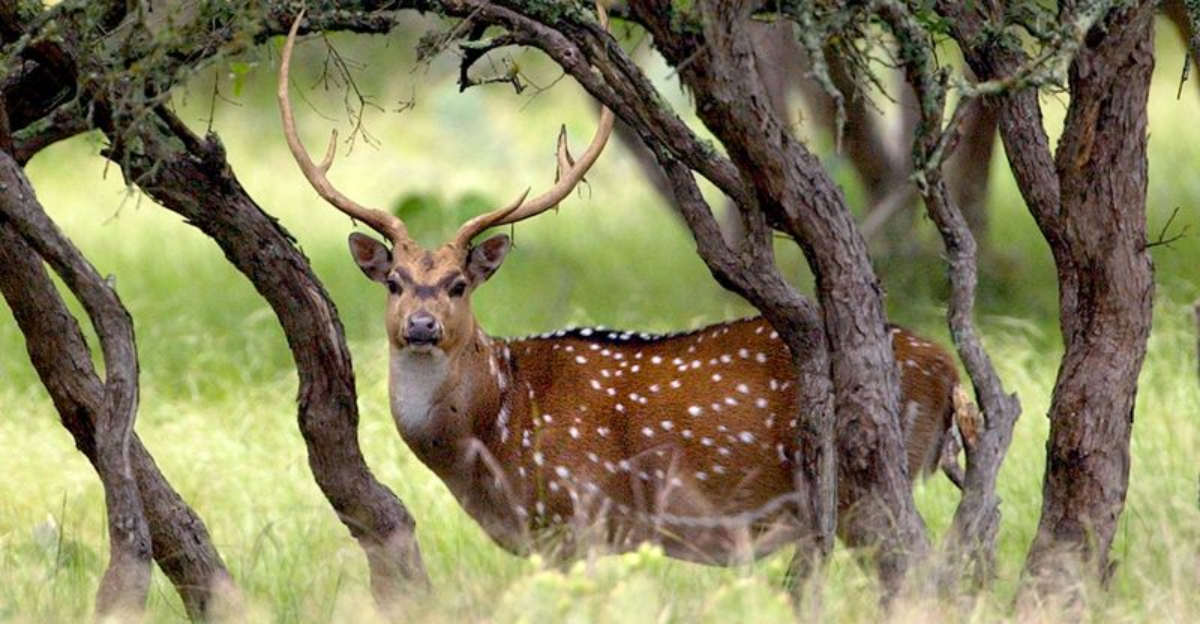
Axis deer, with their striking spotted coats, have become a growing headache for Texas property owners since their introduction in the 1930s.
These non-native deer from India have exploded in population across the Hill Country and beyond, creating unexpected problems for ranchers, farmers, and wildlife managers alike.
Their beautiful appearance masks the significant ecological and economic damage they cause throughout the Lone Star State.
1. Rapid Population Growth

Axis deer breed year-round, unlike native whitetails that have a single breeding season. A single female can produce up to two fawns annually, creating an exponential growth problem.
Without natural predators to keep numbers in check, their populations can double every three years in some areas. Many landowners report seeing herds grow from dozens to hundreds in just a few years.
2. Habitat Competition

Native whitetail deer lose out when axis deer move in. These exotic invaders consume many of the same food sources but can process lower-quality vegetation that whitetails cannot.
Research shows axis deer can outcompete native species for limited resources, especially during droughts. Their aggressive feeding habits and larger body size give them advantages in securing prime feeding grounds.
3. Fence Damage
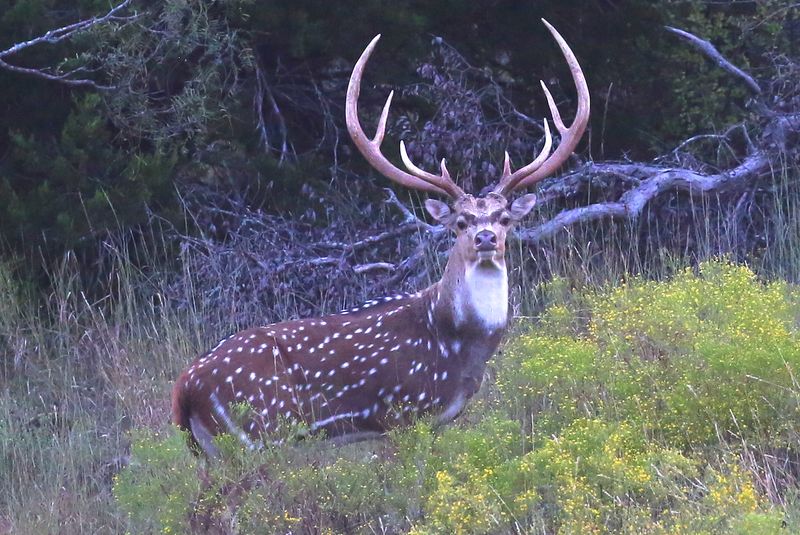
Unlike whitetails, axis deer are incredible jumpers, easily clearing standard 8-foot ranch fences. Their powerful legs allow them to damage or break through fencing not designed for their athletic abilities.
Landowners often discover bent posts, broken wires, and damaged netting. The repair costs add up quickly, with some ranchers reporting thousands of dollars in annual fence maintenance directly attributed to axis deer.
4. Crop Destruction
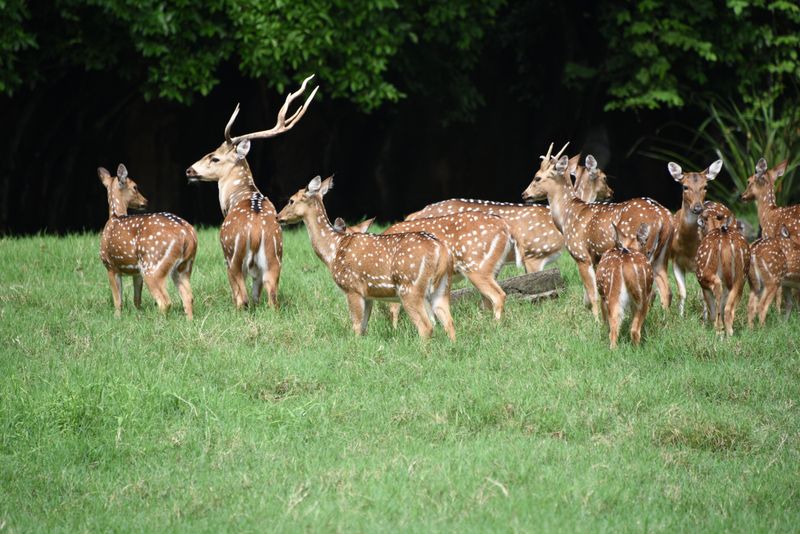
Farmers watch helplessly as herds of axis deer feast on their livelihood. These voracious eaters can devastate hay fields, vegetable crops, and orchards in a single night.
Unlike some wildlife that nibble selectively, axis deer consume entire plants. A Texas A&M study estimated crop losses at $2,000-$5,000 per acre in heavily affected areas, making some farming operations economically unviable without extensive protection measures.
5. Water Source Contamination
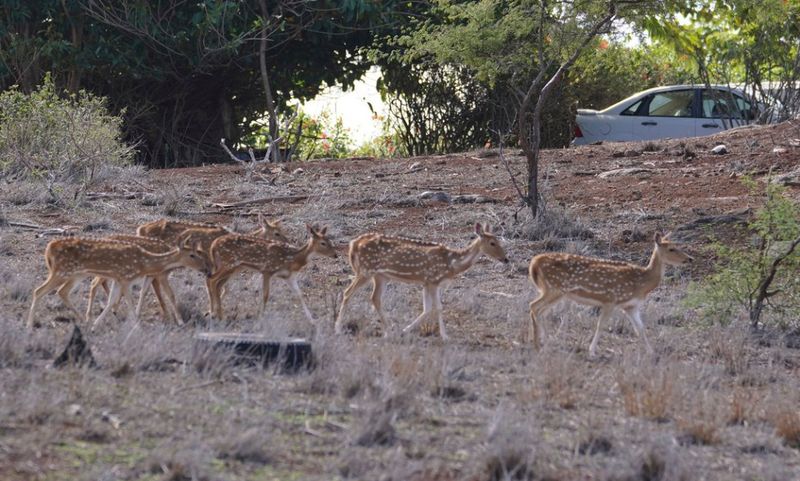
Large axis herds congregating around limited water sources create serious problems. They trample banks, stir up sediment, and contaminate water with waste.
During Texas droughts, this concentration around ponds and streams becomes particularly problematic. Landowners report declining water quality and accelerated erosion around water features, requiring expensive remediation work to restore natural springs and stock tanks.
6. Native Vegetation Loss
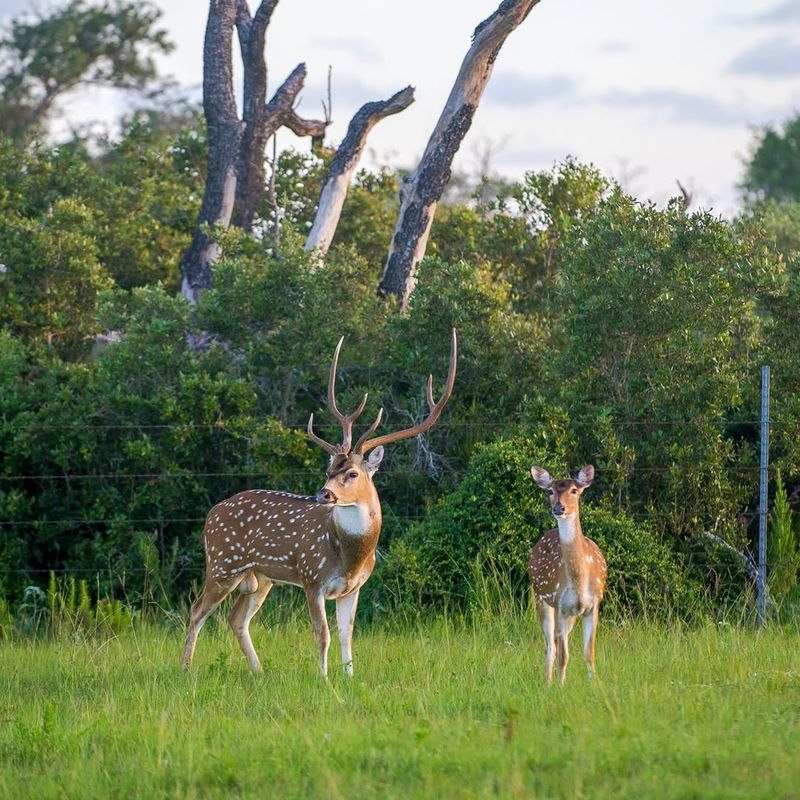
Axis deer strip bark from trees and devour native plants down to the roots. Their feeding patterns differ from native wildlife, causing unforeseen changes to plant communities that evolved without these grazers.
Sensitive native Texas plants disappear first, replaced by hardier, often invasive species. Conservation-minded landowners struggle to maintain natural plant diversity when axis deer move in, watching decades of restoration work undone in months.
7. Increased Disease Transmission
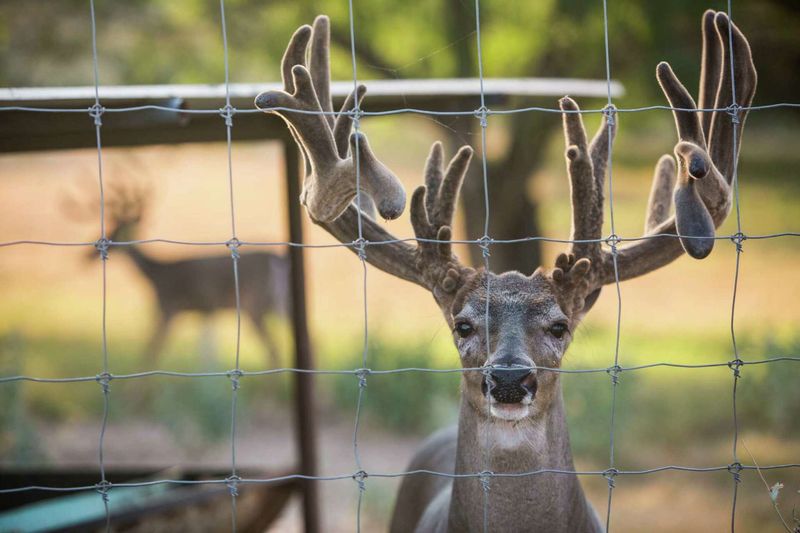
Veterinarians warn that axis deer can carry and transmit diseases to livestock and native wildlife. Their proximity to cattle raises concerns about bovine tuberculosis and other cross-species illnesses.
Dense herds create perfect conditions for parasite proliferation. Landowners with livestock operations face increased veterinary costs and monitoring requirements when axis populations grow, adding another layer of management complexity to their operations.
8. Management Cost Burden

Controlling axis deer populations burns through budgets quickly. Professional trappers charge thousands per operation, while effective fencing can cost $20,000 per mile.
Many landowners find themselves spending more on axis management than all other wildlife efforts combined. The Texas Parks and Wildlife Department offers limited assistance, leaving private landowners bearing most financial responsibility for controlling these non-native invaders.
9. Property Value Complications
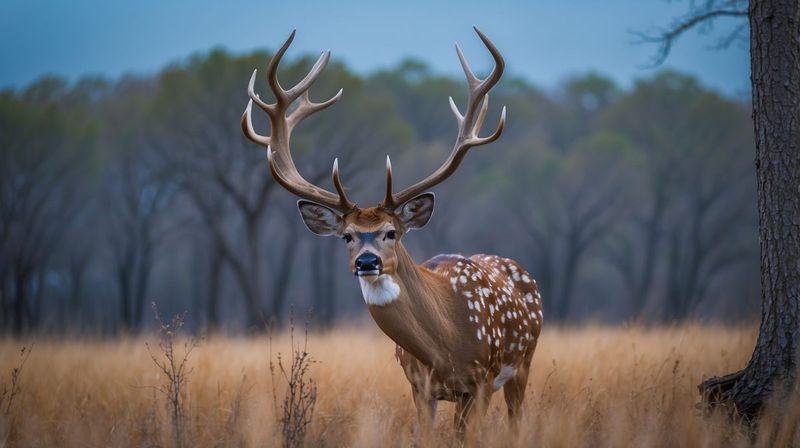
Real estate agents report mixed effects on Texas property values. Some buyers see axis deer as a bonus for hunting opportunities, while others view them as an expensive liability requiring ongoing management.
Conservation easements become more complicated when axis deer are present. Landowners seeking agricultural tax exemptions face additional scrutiny about their wildlife management plans, sometimes resulting in difficult compliance requirements or denied applications.
10. Hunting Regulation Challenges
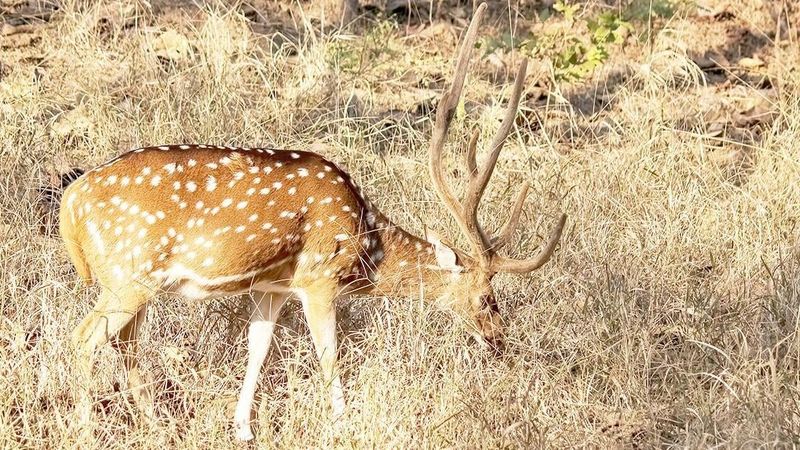
Unlike native species, axis deer have no closed season or bag limits in Texas. This creates confusion for landowners trying to manage mixed herds of native and exotic deer.
Some property owners report hunters mistakenly taking protected species while pursuing axis deer. The different regulations require careful hunter education and supervision, adding another responsibility for landowners who allow hunting as a management tool.
11. Neighbor Conflict

Axis deer management sparks heated disputes between adjacent landowners. While one property owner might implement expensive control measures, neighbors might encourage axis populations for hunting revenue.
These conflicting approaches lead to strained relationships and sometimes legal action. Community associations in affected areas report that axis deer management has become a leading source of property disputes, dividing previously harmonious rural neighborhoods.
12. Erosion And Soil Damage
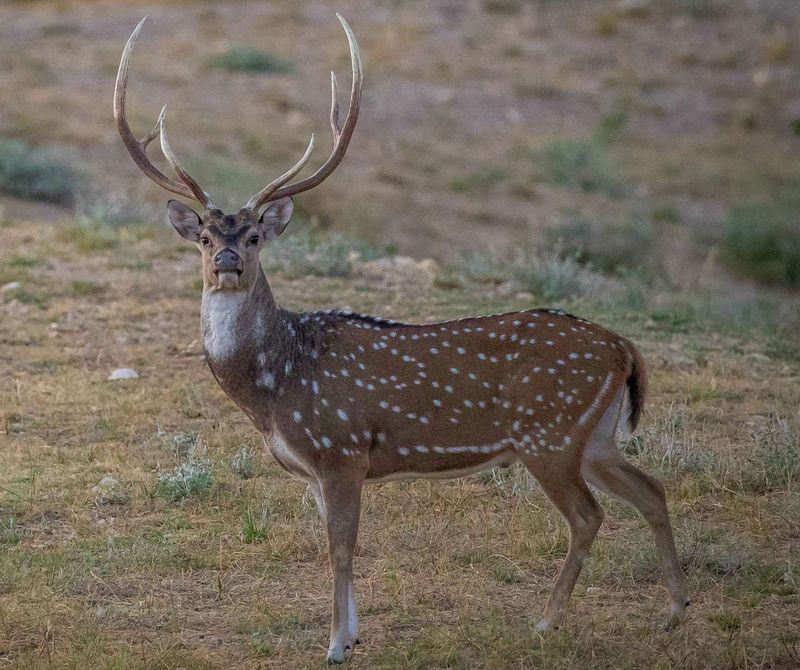
The hard hooves of axis deer herds compact soil and accelerate erosion, especially on hillsides. Their trails become water channels during Texas thunderstorms, washing away precious topsoil.
Landowners witness formerly stable landscapes developing gullies and bare patches. Soil recovery takes years once damage occurs, with some Texas conservation districts now offering specific guidance for restoring axis-damaged landscapes through specialized erosion control techniques.
13. Limited Effective Control Methods
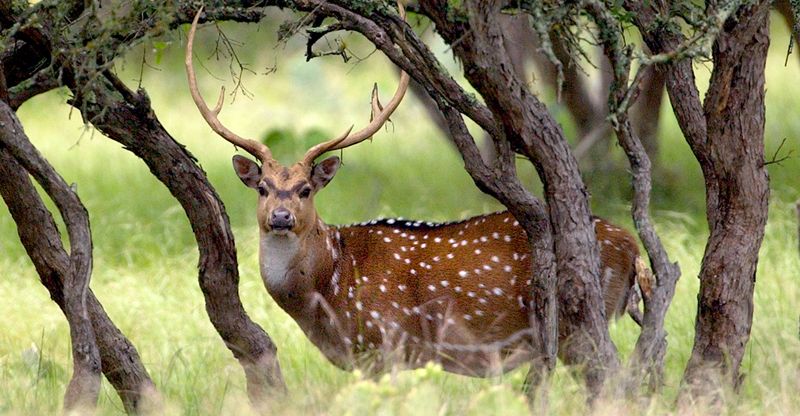
Traditional wildlife management techniques often fail with axis deer. Their intelligence and adaptability help them avoid traps that work for other species.
Landowners report axis deer quickly becoming trap-shy or fence-savvy. Even professional hunting efforts show diminishing returns as surviving deer learn to recognize vehicles, avoid open areas during daylight, and change their movement patterns to avoid human contact.



